Oldest Recipes in the World: Foods That We Can Still Try
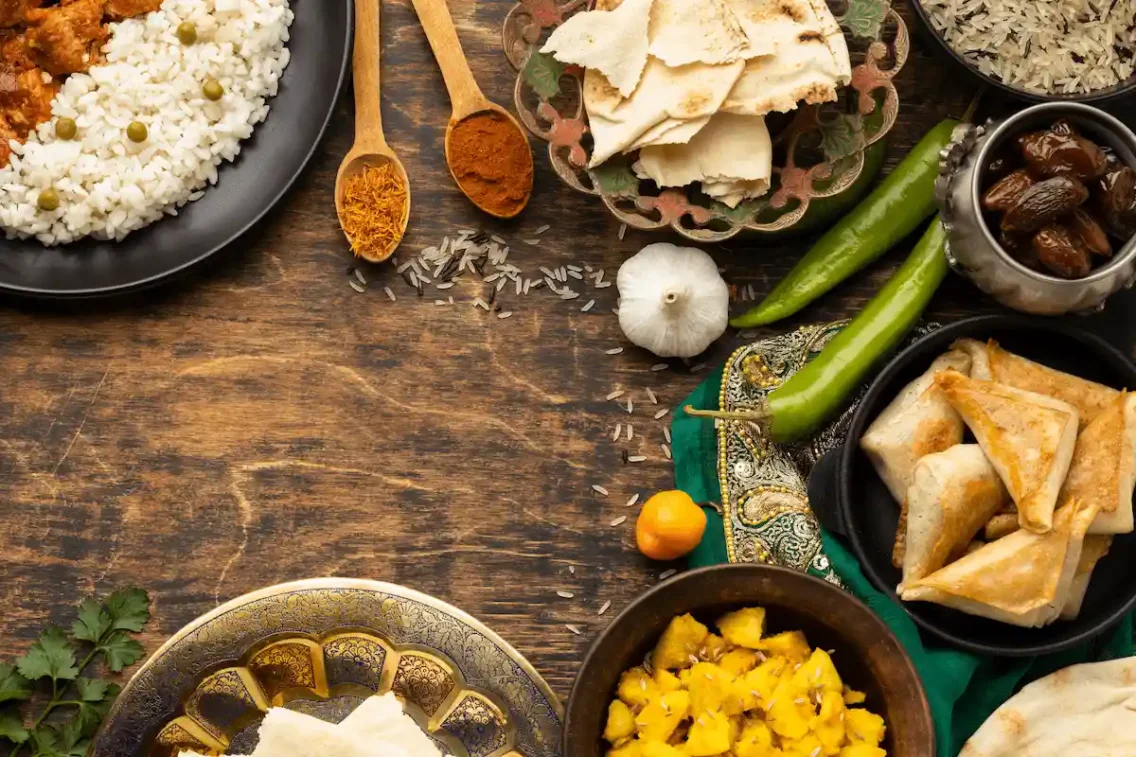
When you picture the oldest recipes in the world, you might imagine dusty scrolls or forgotten cookbooks buried in museums. But food historians have uncovered dishes so detailed that you can actually cook them today.
These recipes are living time capsules that reveal how ancient people farmed, traded, and celebrated. And unlike most artifacts, you don’t just look at them; you can taste them yourself.
Mesopotamia: Babylonian Lamb Stew
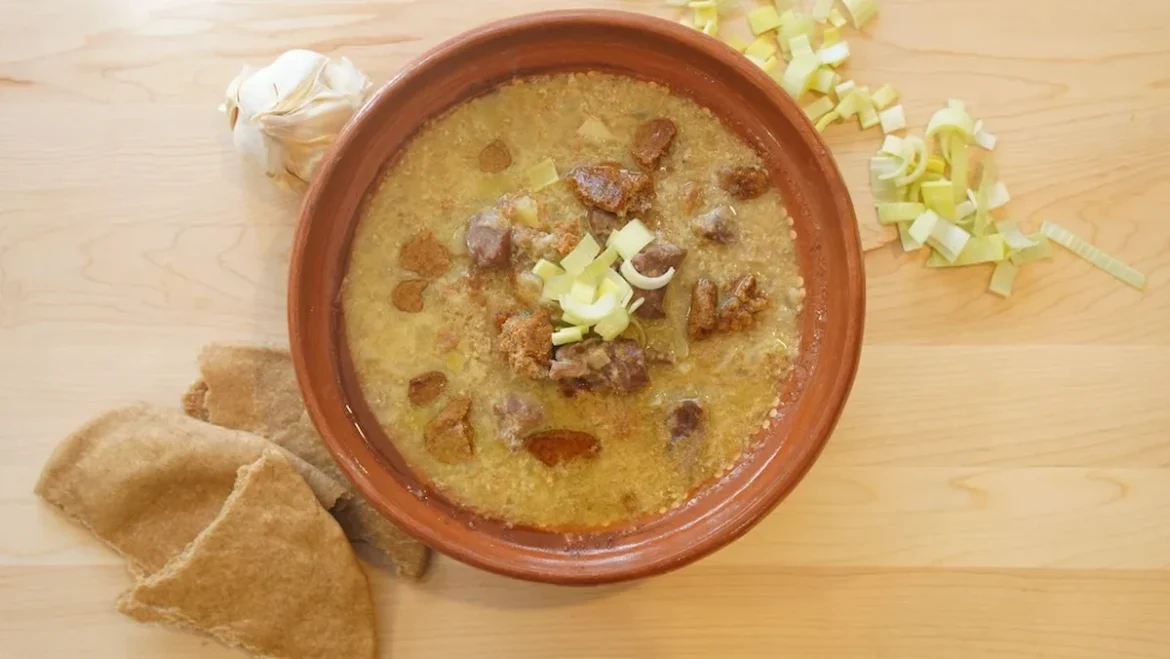
Unlike staples like bread or beer, the Babylonians recorded actual recipes on clay tablets nearly 4,000 years ago. These are among the earliest written recipes in history. A lamb stew made with onion, leek, garlic, Persian shallot, sheep’s milk, and crumbled barley flatbread called risnātu.
Far from primitive, this dish shows how Mesopotamian cooks layered flavors with aromatics and dairy while using bread as a thickener.
The stew is lamb-forward and slightly greasy by design, especially when made with fat-tail sheep, with a surprising complexity from the sharp bite of Persian shallot. Its mix of soft textures and crunchy risnātu crumbs creates a hearty and inventive dish.
To prepare, slow-simmer lamb with onions, garlic, and leeks, stir in milk, and finish with rustic breadcrumbs for added body. It’s a 4,000-year-old comfort food that remains a staple at the dinner table today.
Egyptian Bread: Loaves for the Afterlife
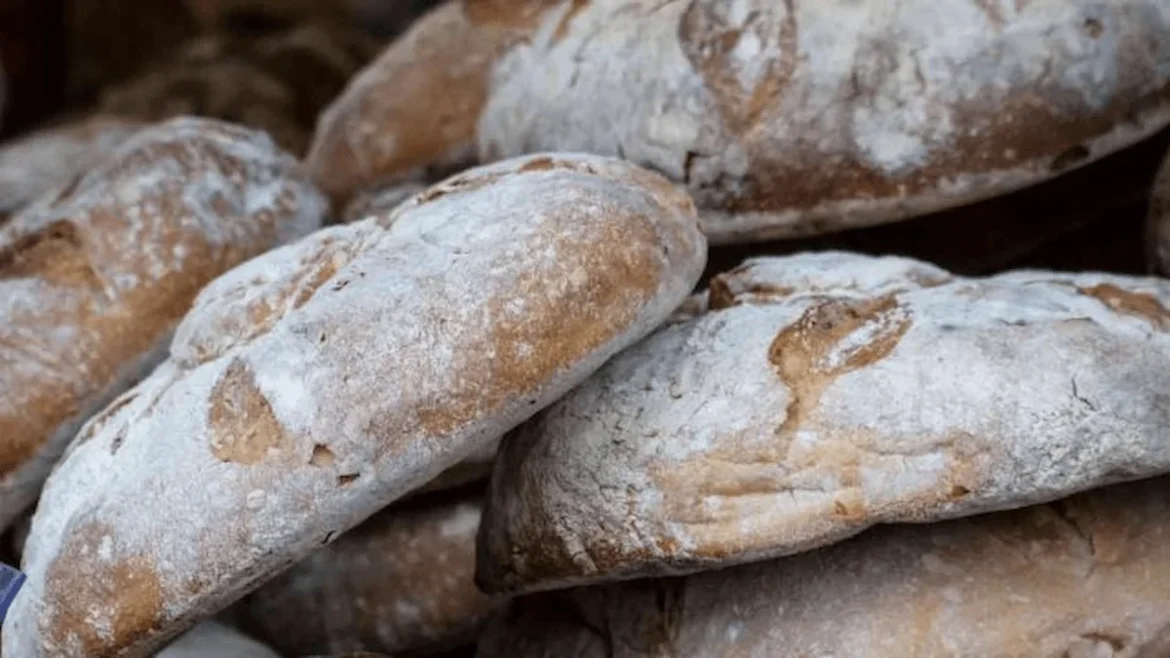
In Egypt, bread isn’t just food, it’s life itself. While most Arab nations call it khobz (Arabic word for bread), Egyptians say aish baladi, where aish means “life.” From ancient times to today, bread has been a daily necessity, eaten at every meal and shared across all classes, rich or poor. Even a simple loaf with tea, onions, or cheese is enough to fill and comfort.
Egyptians have been baking bread for nearly 6,000 years. Bakers made early loaves by grinding emmer wheat by hand, mixing it with water, and letting it ferment naturally in the sun. Yeast gave the bread its airy texture, much like today’s shamsi (sun bread).
Despite modern bakeries and subsidies, the art of baking baladi bread remains a cultural treasure. Local bakers still hand-knead sticky dough, shape it, and bake it in hot ovens until it puffs with steam. Watching them work is a reminder that no machine can replace centuries of tradition. Whether enjoyed plain or with a favorite dip, a fresh loaf of Egyptian bread connects the present to its ancient roots.
Greek Cheesecake: A Taste of History and Tradition
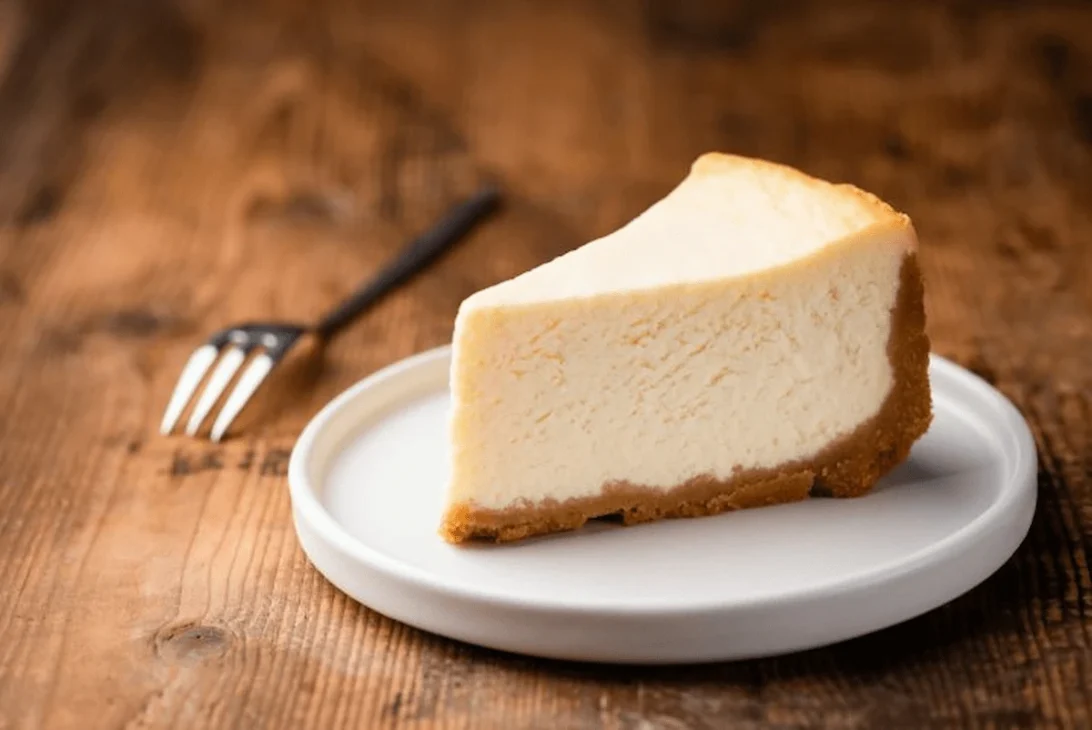
The Greeks had their own version of cheesecake long before New York made it famous. Texts from the 1st century CE describe plakous. A baked mixture of cheese, honey, and flour is often served at aristocratic feasts and even to athletes during the Olympic Games.
What set Greek cheesecake apart was its balance: tangy cheese, a touch of sweetness, and warm spices. Early versions used cheeses like feta, manouri (creamy whey cheese), or anthotyro (fresh whey cheese). Blended with eggs, honey, and sometimes nuts. Baked in wood-fired ovens, it was lighter than today’s dense cheesecakes, airy, rustic, and refreshing in the Mediterranean heat.
Over time, the recipe absorbed Roman, Byzantine, and Ottoman influences. Today, variations range from phyllo-based (paper-thin pastry sheets) cheesecakes drizzled with syrup to nut-filled hybrids resembling baklava, a sweet layered pastry with nuts and honey.
Today, you can recreate this by blending soft ricotta with tangy feta, sweetening it with honey, and baking it on a thin crust. Let it chill overnight, then drizzle with more honey and dust with cinnamon for a taste of history.
Ancient Asia: Hand-Pulled Millet Noodles with Soy Sauce
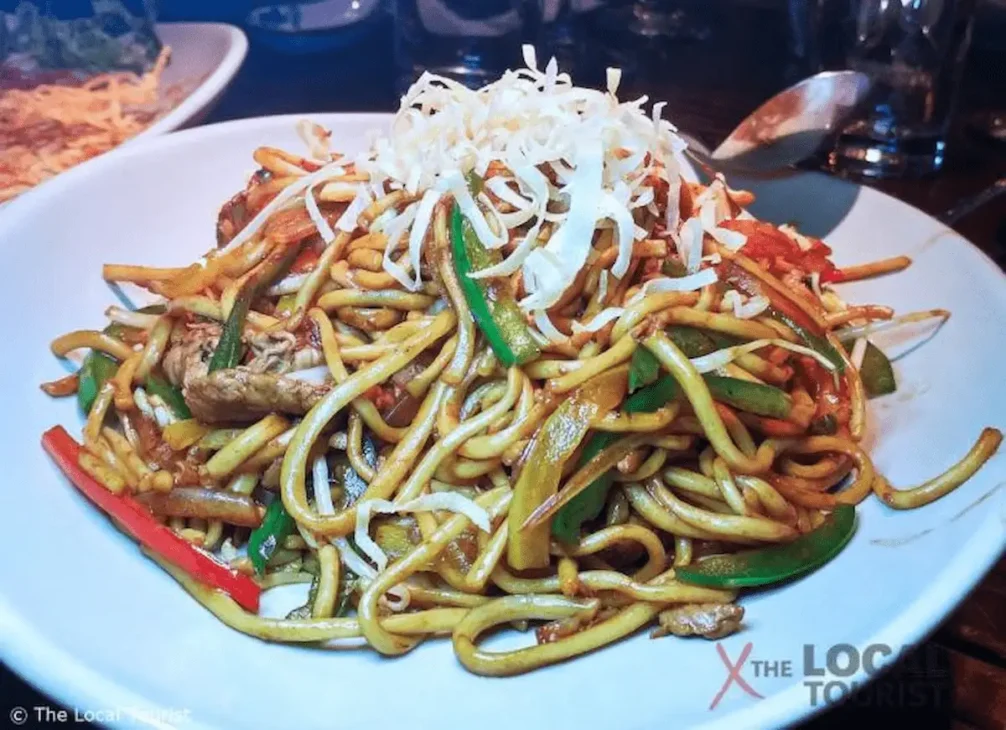
In 2005, archaeologists in northwest China discovered a sealed clay bowl containing 4,000-year-old noodles, the oldest ever found. Made from millet (ancient grain), they looked strikingly like modern hand-pulled noodles (lamian).
The craft of noodle-pulling was part cooking, part performance. Dough made from flour, water, and salt was stretched, folded, and pulled until it formed delicate strands. Unlike machine-cut pasta, these noodles had chew and resilience, perfect for soaking up broth.
Around 500 BCE, soy sauce appeared as a fermented blend of soybeans and grains. Together, noodles and soy sauce became the foundation of East Asian cuisine, influencing everything from Japanese ramen to modern stir-fries.
Knead flour, water, and salt into a pliable dough, then roll and cut into thin ribbons using a pasta cutter or knife. Boil until just tender, then dress with soy sauce, sesame oil, and chopped scallions or vegetables. This method keeps the chewy, hand-pulled feel while letting you adapt flavors for a modern palate.
The Americas: Mayan Hot Chocolate (Xocolatl)
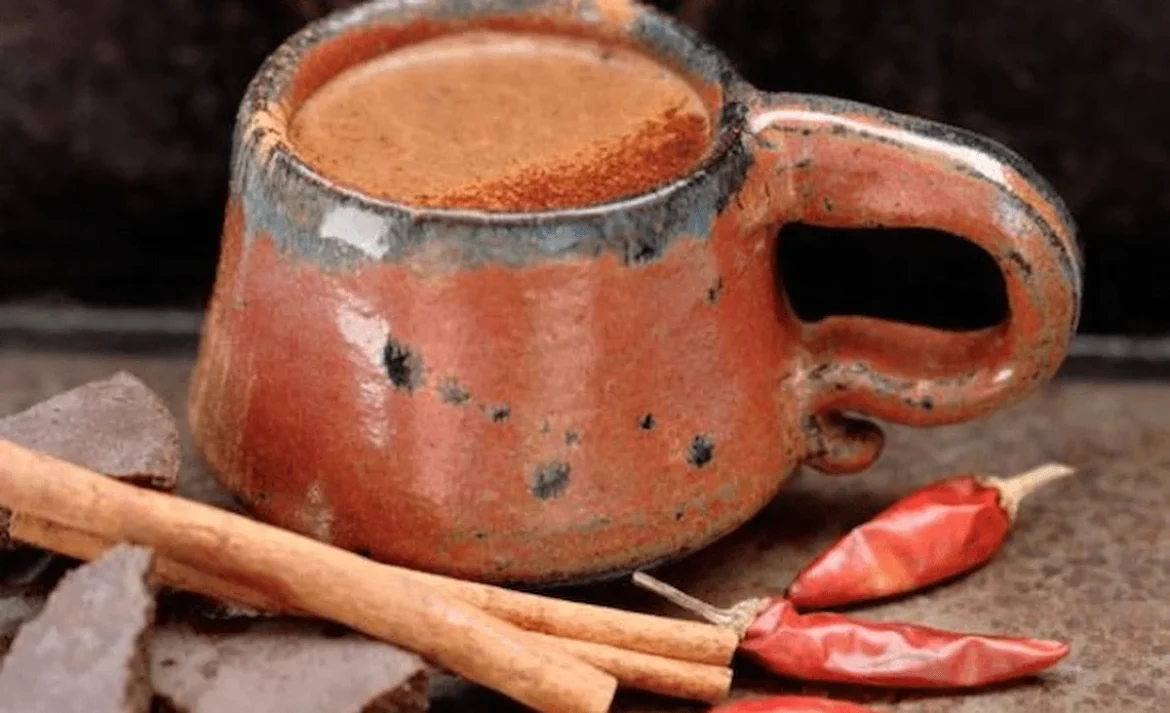
Chocolate has its roots in Mesoamerica. The Olmecs first learned to cultivate and roast cacao, but it was the Mayans who perfected xocolatl around 600 BCE, drinking it daily and in sacred rituals such as offerings to the gods during harvests or important ceremonies.
Unlike today’s sweet cocoa, theirs was unsweetened, made by fermenting and roasting cacao beans, grinding them into a paste, and mixing with hot water and chili. The mixture was poured from pot to pot to create froth, since whisks didn’t exist. This bitter, spiced drink was considered a gift from the gods because, in Mayan belief, cacao was sacred and associated with divine power and life itself, and later adopted by the Aztecs (Mesoamerican civilization), who even used cacao beans as currency.
When the Spanish encountered xocolatl in the 16th century, they brought it to Europe. But its bitterness was too much for their taste, so they softened it with honey, cinnamon, vanilla, and eventually imported sugar and milk. This adaptation transformed cacao from a sacred Mayan ritual drink into a sweet, creamy luxury for European elites, the beginning of the hot chocolate we know today.
You can still try a version of the original. Grind cacao nibs into a paste with a pestle and mortar, add hot water, and sweeten lightly with honey or vanilla. Pour it back and forth between jugs until foamy. The result won’t taste like modern hot chocolate; it’s darker, earthier, and more bitter, but it brings you closer to what the Mayans sipped over 1,500 years ago.
Medieval Europe: De Lasnis – The Original Casserole
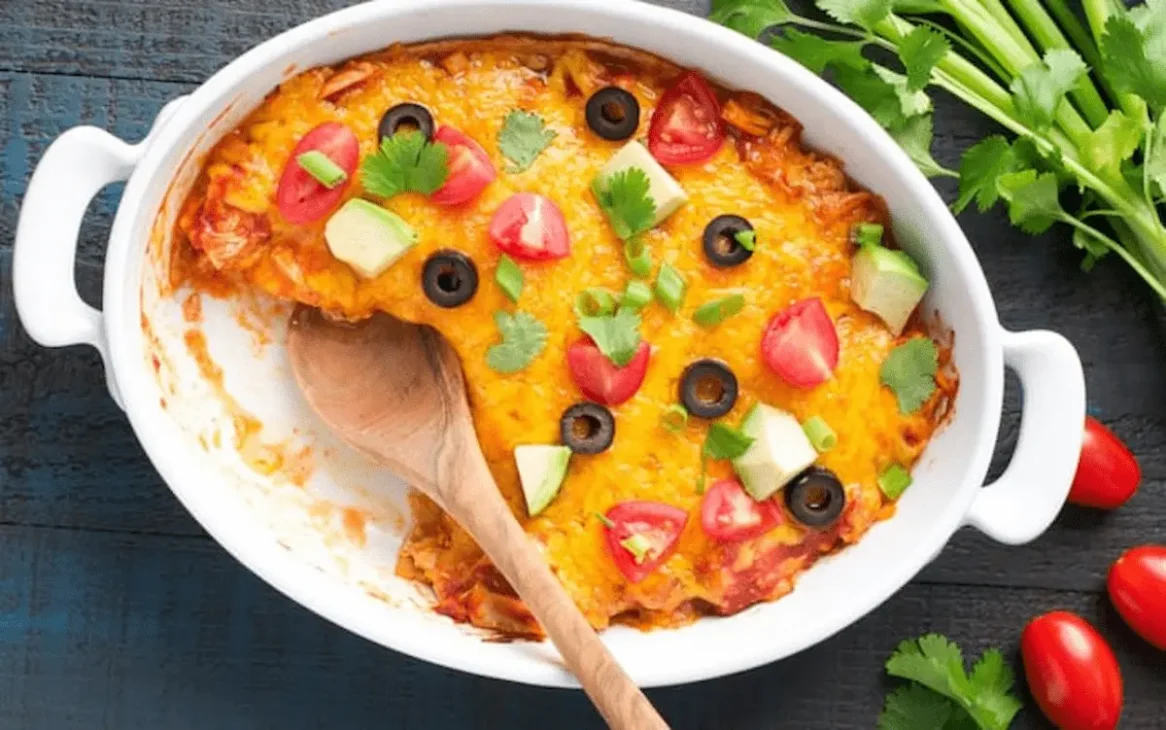
The earliest recipe resembling a casserole comes from 13th-century Europe, known as de lasnis. Found in medieval cookbooks like the Liber de Coquina (medieval cookbook), it was a layered dish of handmade pasta sheets sprinkled with grated hard cheese such as Parmesan and seasoned with nutmeg or cinnamon. Unlike today’s cream- or sauce-based casseroles, this version relied entirely on aged cheese and aromatic spices for depth of flavor.
Cooked slowly in heavy earthenware pots over open flames, de lasnis reflected the rustic but resourceful style of medieval kitchens. The technique allowed heat to spread evenly, melding starch, dairy, and spice into a filling meal. Though simple, the use of cheese and imported spices also revealed a dish tied to wealth and trade, making it more than just a peasant staple.
Beyond the ingredients, its cultural role is just as important. People often shared de lasnis at communal tables, using it to symbolize nourishment and unity during a time when meals played a central role in social gatherings. This medieval bake planted the roots of what we now consider the casserole: a hearty, shareable dish that blends practicality with comfort.
Africa: Fufu (West Africa)
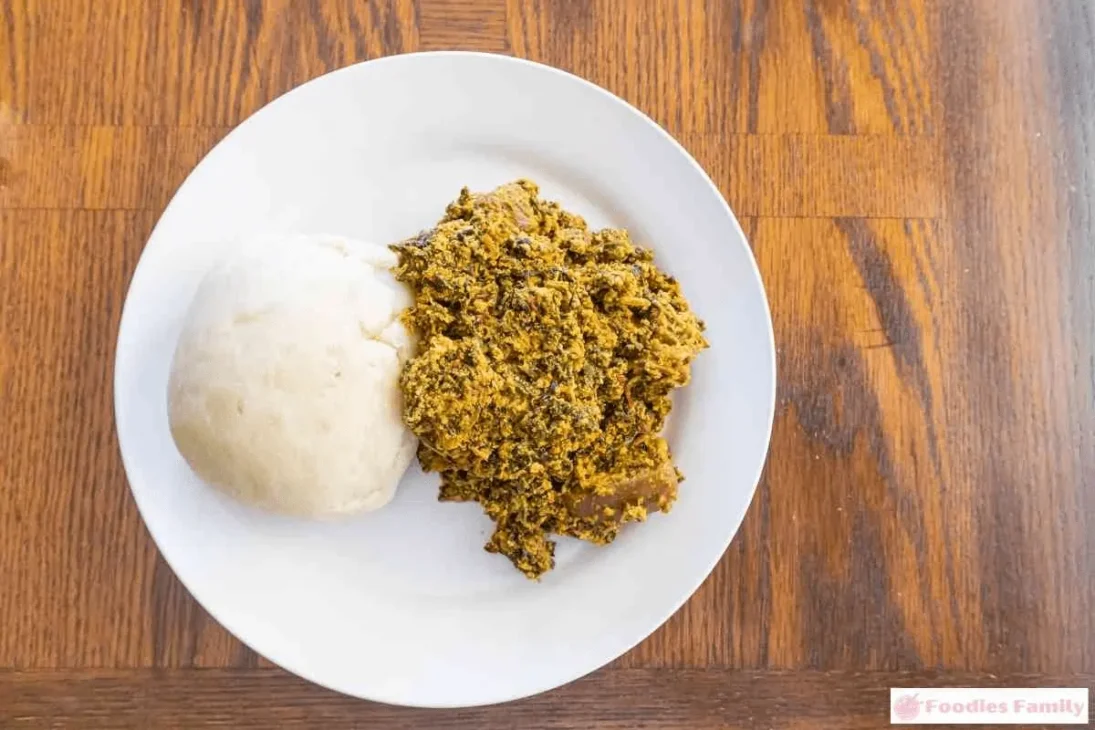
Fufu is one of West Africa’s oldest foods, dating back to pre-colonial Ghana, Nigeria, and Côte d’Ivoire. The original version was made by pounding boiled yams into a smooth, stretchy dough. When Portuguese traders introduced cassava in the 1500s, it blended with yams and plantains to create the many regional variations found today, from Ghana’s slightly sweet cassava-and-plantain mix to Nigeria’s tangy fermented cassava base.
More than a meal, fufu is a cultural ritual. It’s eaten by hand, rolled into small balls, and dipped into soups like peanut, egusi (ground melon or squash seeds), or okra. Families and guests often share one bowl, turning the act of eating into a symbol of unity, respect, and abundance. Weddings, funerals, and festivals feature fufu not just as food, but as a marker of identity and togetherness because it represents shared heritage, collective participation, and the continuity of cultural practices.
Preparation carries its own meaning. Traditionally, cassava or yams are pounded in a mortar with a heavy pestle, a rhythmic process often done with song and laughter. While blenders and instant flours make it easier today, the pounding remains a sign of heritage. Modern or traditional, every serving of fufu connects the eater to centuries of African kitchens where food is meant to be shared, celebrated, and remembered.
Modern Twists on the Oldest Recipes in the World
So, how do we take the oldest recipes in the world and make them work in today’s kitchens? The key is to balance honoring tradition while using modern tools and flavors:
- Swap unsafe methods: Ancient Romans boiled food in lead pots, and Egyptians used grains that might have been contaminated. Thankfully, we have stainless steel ovens and mixers that make the process safe and consistent.
- Learn from historians: Books like The Oldest Cuisine in the World by Jean Bottéro (which explores Mesopotamian food culture and translates some of the earliest clay tablet recipes). Or YouTube channels such as Tasting History with Max Miller adapt ancient recipes step by step, giving you a reliable starting point.
- Start simple, then experiment: Try approachable dishes first, Roman bread, Greek cheesecake, or Mayan hot chocolate before diving into trickier ones. Once you’re comfortable, modernize them with fresh spices, healthier ingredients, or even tech like pasta makers and air fryers.
This way, you’re not just recreating the past, you’re reimagining it for today’s table.
Connecting with Culture Through the Oldest Recipes in the World
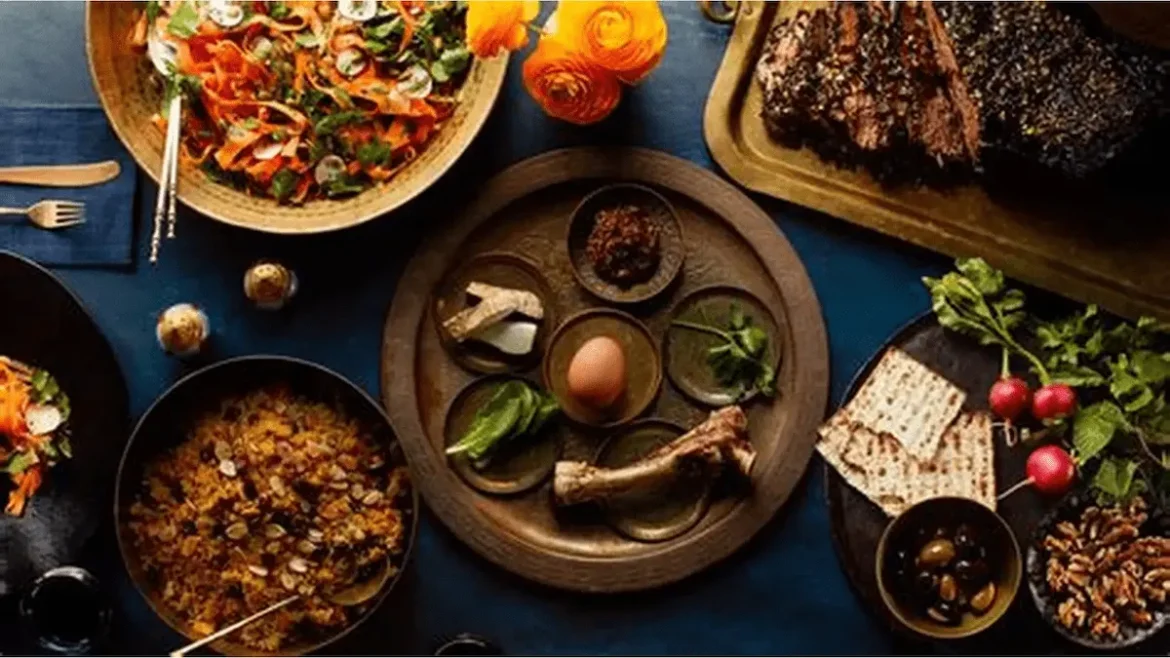
The world’s oldest recipes aren’t just curiosities. They’re threads connecting us to farmers, soldiers, priests, and families who lived thousands of years ago. Cooking them today lets us taste what Olympians ate for strength. What pharaohs offered the gods, and what everyday people shared around the fire.
Food is a memory you can chew. And when you bring these recipes back to life, you’re not just making dinner, you’re keeping history alive at your own table.
So, which ancient recipe would you like to try today? Share your choice in the comments!
FAQs About the Oldest Recipes in the World
Why are ancient recipes important to history?
Food reveals how people lived day to day, what they farmed, how they traded, and even how they worshipped. Recipes are a form of cultural storytelling that connects us to both everyday life and grand rituals of the past.
What ingredients were common in the oldest recipes?
Staples included grains like barley, wheat, and millet, as well as honey, milk, onions, garlic, and spices such as cinnamon or cumin. Many of these ingredients remain central to cooking worldwide today.
How can I try the oldest recipes in the world at home?
Start small. Pick a simple recipe (like bread or a stew), check out easy guides online, and don’t stress about getting it “authentic.” The fun is in tasting history and putting your own twist on it.


